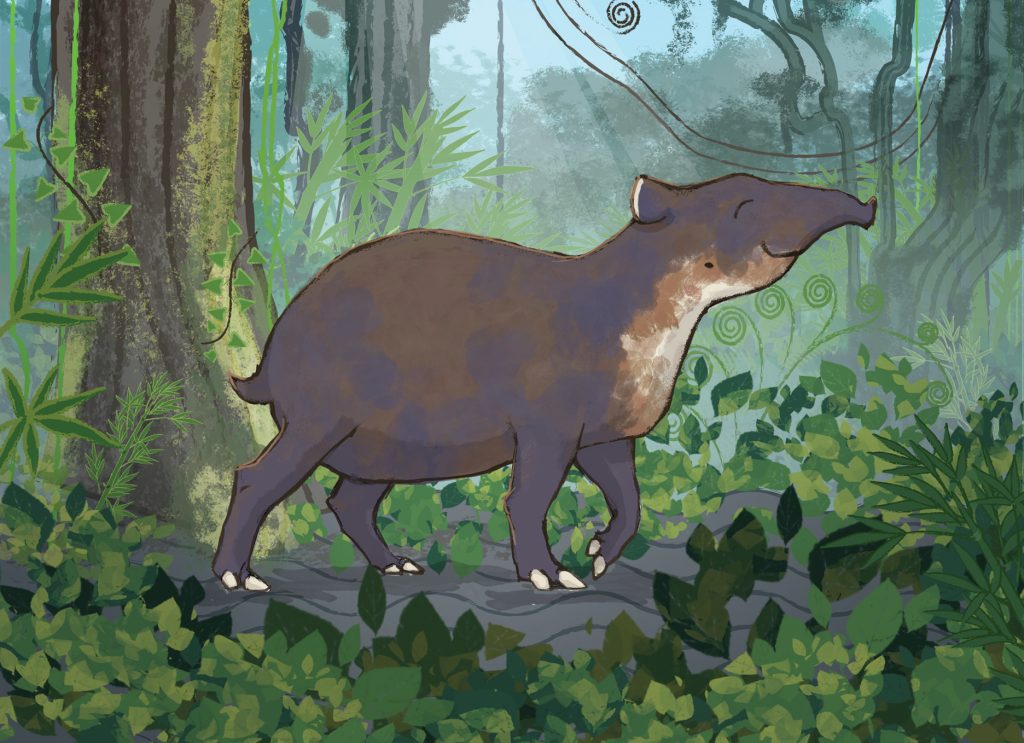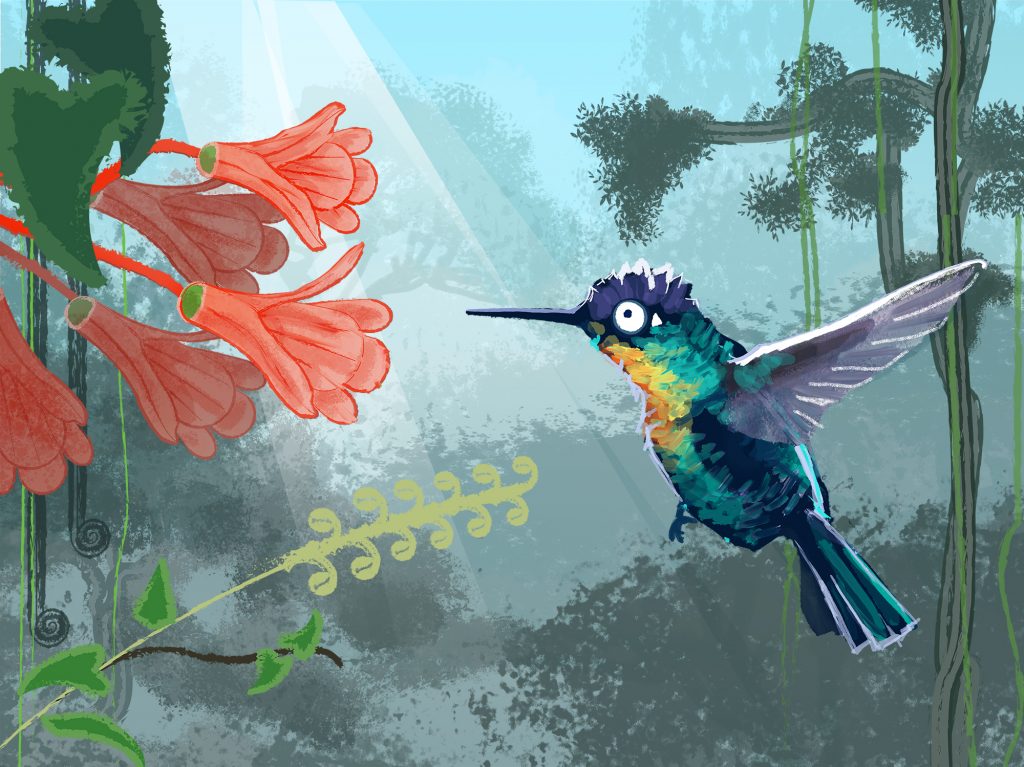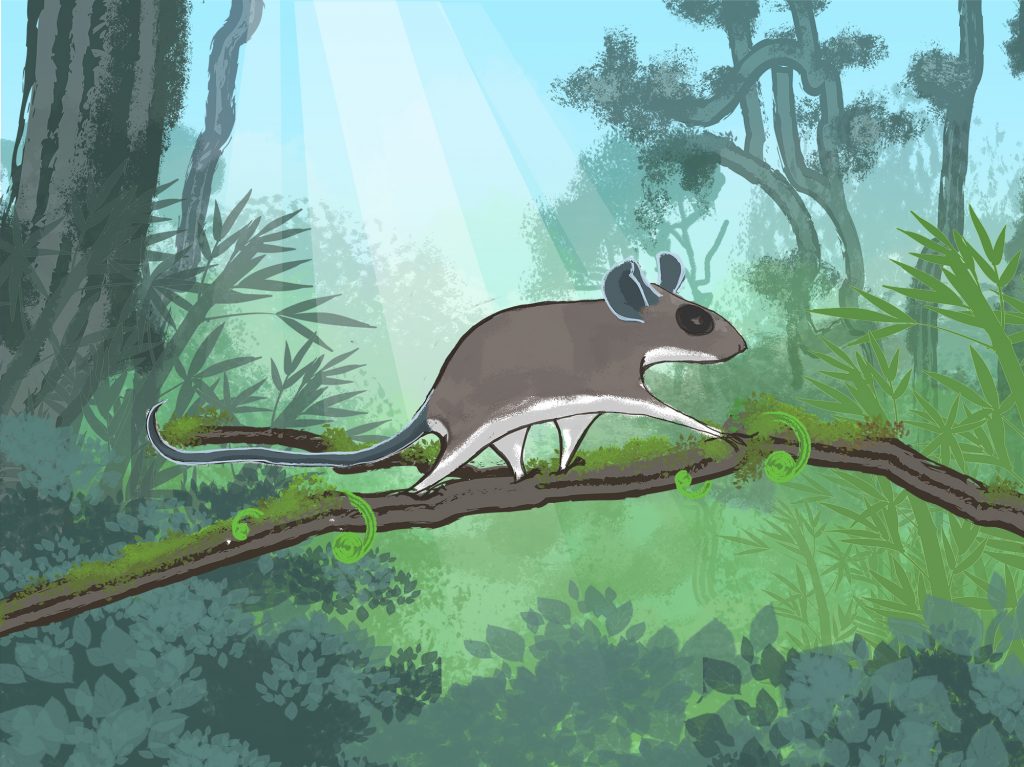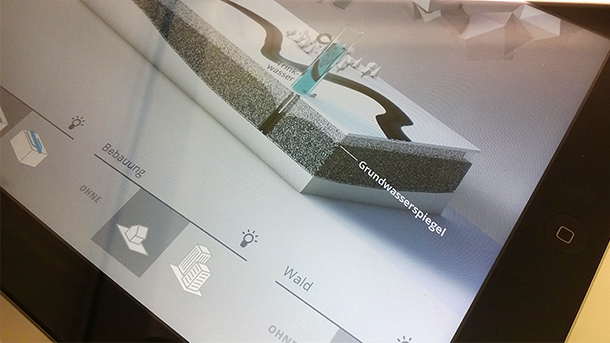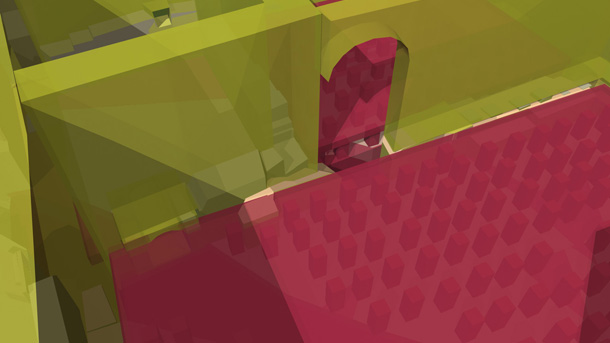Communicating for the conservation of the Talamanca mountain range
Patricia Blanco Murillo, 2019
How can animated illustration be used to engage the online community with wildlife conservation?
«Gardeners of the highlands» aims to develop an informational campaign to increase the public awareness towards the conservation of wild species of the Talamanca Mountain Range in Costa Rica. This project, through the use of technical foundations of applied illustration, aspires to generate and communicate empathy of people from diverse backgrounds to support the conservation efforts.
This campaign will use scientific data to generate a series of animated cartoons and illustrations to communicate scientific knowledge in an intelligible way to enthusiastic non-experts. These emotion-evoking cartoons explore the use of social networks as a medium to transmit knowledge in society. This could serve as a novel way of accessing and assimilating information to create awareness and support for the conservation of these species.
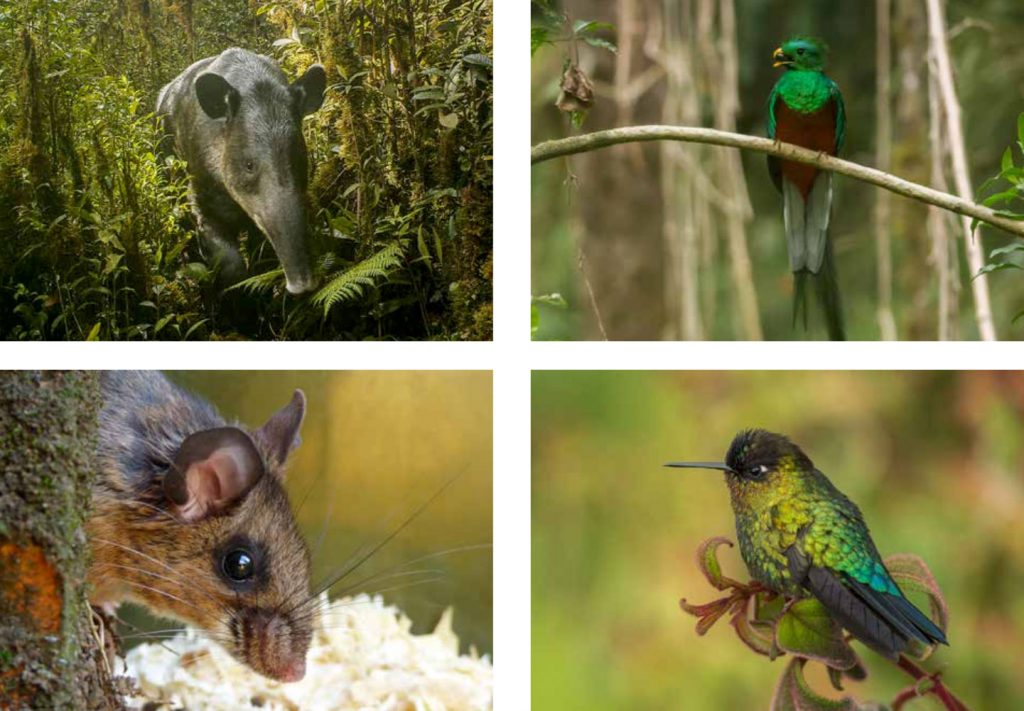
Selection of the species
For the effect of this project, I have decided to split the main herbivores into 4 different groups, based on the biological relevance of the species, their conservation status or whether they illustrate the endemism of the region. Tapir (Tapirus bairdii), Talamancan deer mouse (Peromyscus nudipes), Quetzal (Pharomachrus mocinno ssp. costaricensis) and Fiery-throated Hummingbird (Panterpe insignis).
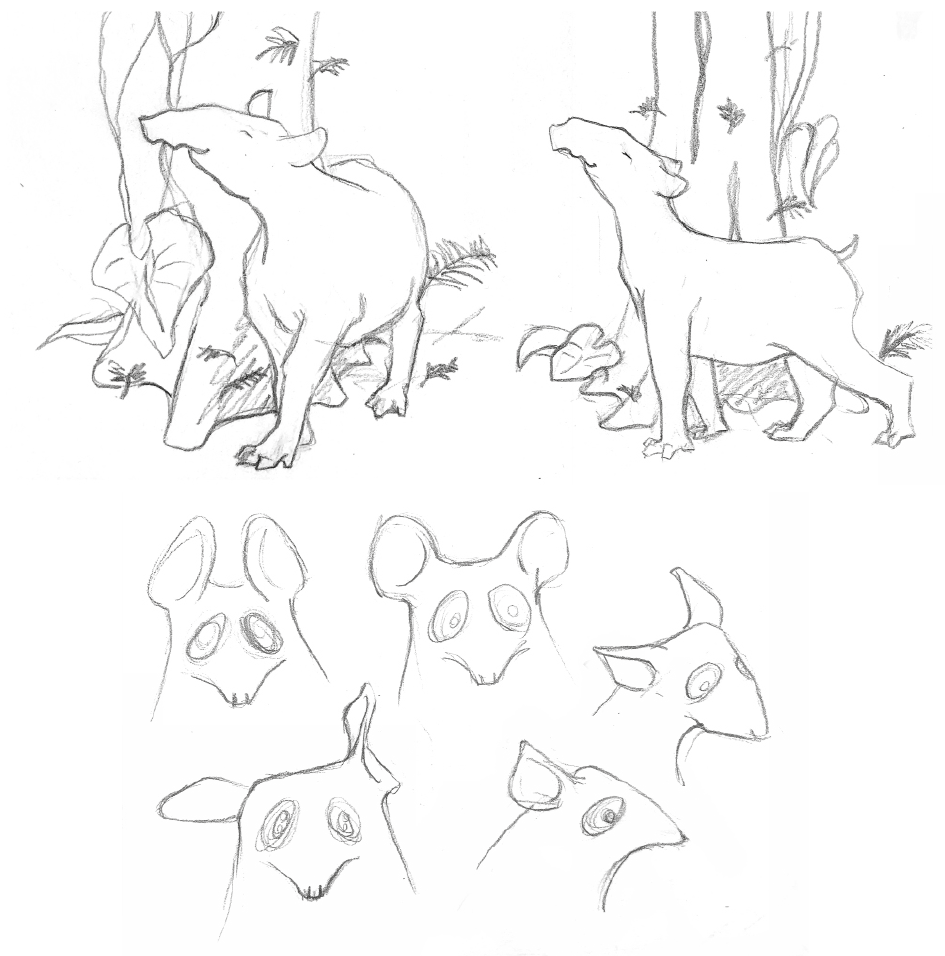
Character design
Shape and appearance is a very important factor in the initial perception of a specific person or character. The shape of the character must represent not only the physical characteristics but to also express through shape, the personality of each animal.

Precolumbian gold design in botanical illustration
In order to create a distinctive style that will help to unify not only this campaign but also in the future campaign of the project and unify the graphics style of the CRWF. In order to find an accurate way and represent the pre-Columbian gold style, I made a selection of identifiable shapes found in the gold pieces of Diquis, exploring the different indigenous styles of the region and the elements to be used. The previously defined elements can be also used to represent shapes found in many ways in nature.
Cartoons to communicate science
One of the challenges to achieve effective, responsible communication relies in the fact that we need to make sure the audience understands the message of animals by their own nature and get to create an emotional bond to the species without misleading into the idea that wild animals can be seen as pets, especially by the younger population. Cartoons can be a powerful tool for education because it triggers scientific curiosity and as conservation communicators, we have a great responsibility in the way we use images due to the impact they will have in the way the audience can perceive animals, both domestic and wild. This kind of communication relies on the iconicity of visuals to obtain an emotional response which can create a long-lasting relationship with conservation.

Cooperation partner
Costa Rica Wildlife Foundation
Head biologist: Esteban Brenes Mora
Mentor
Alessandro Holler


